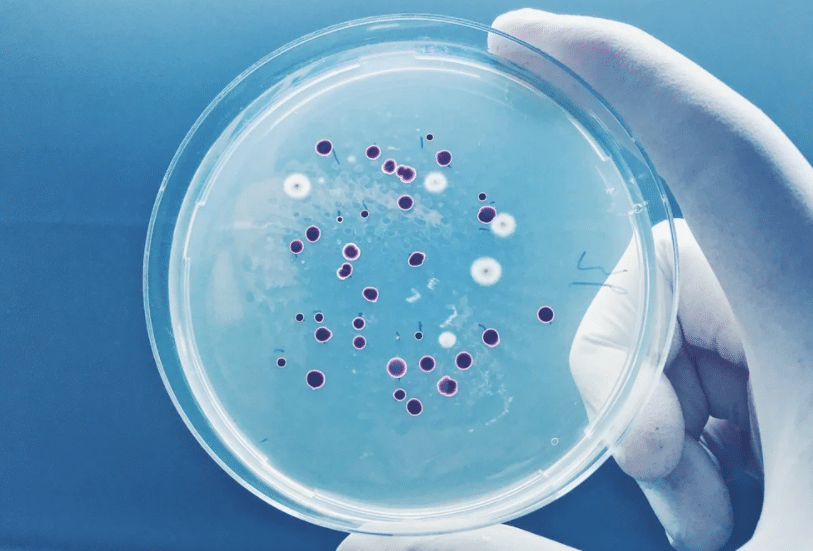
The government is now gradually unlocking its economy after a shutdown due to prolonged national lockdown. Many buildings have now started to reopen in an attempt to bring back the normal we are hoping for. However, there are many hidden biological threats that can affect the health and safety of occupants in buildings if they are not taken care of. Specifically, Mold and Legionella are proving to be a serious issue while reopening buildings. A careless shutdown of buildings creates ideal conditions for Mold and Legionella to grow and thrive.
Mold grows in humid environment where there is presence of moisture, and its spores can cause allergic reactions and asthma flare-ups. The fungal growth can also damage many construction materials. Legionella bacteria thrives in warm stagnant water, and causes Legionnaires’ disease, which is a type of severe pneumonia. The fatality rate of Legionnaires’ disease is 10%, which is higher than COVID-19. Buildings that receive timely inspections and maintenance of the building systems don’t face issues like mold and legionella.
ASHRAE recommends to maintain a relative humidity below 60% for preventing Mold, and heating the water to a minimum temperature of 140 degree and keeping it in circulation at regular intervals for preventing Legionella. Building owners can also use Ultraviolet Germicidal Irradiation (UVGI) for inactivating the bacteria by destroying their DNA. This method is very helpful in areas where humidity cannot be avoided. Proper ventilation can also help prevent the growth and accumulation of bacteria. ASHRAE recommends air filters with a MERV 13 rating or better for buildings.
Mold Prevention in Buildings
Mold is a resilient organism, and as mentioned earlier, it thrives anywhere if the relative humidity rises above 60%. In buildings, porous materials like insulation and fiberglass are the most vulnerable to mold, since it can grow inside them. In such situations, removing the mols becomes almost impossible and the safest options is to be replaced or discarded completely. Household furniture of wood and carpets are also susceptible to mold.
A detailed guide on cleaning and removing mold is available from the US Environmental Protection Agency. For small patches of mold, it is easy to get rid of them. However, when major mold infestation occurs, a professions mold remediation company is highly recommended for a thorough cleaning without impacting the building systems. Such high-risk cases are estimated to occur during reopening of buildings after a prolonged shutdown.
Getting rid of mold directly is very difficult, and its spores can spread everywhere, which can cause mild to severe discomfort to occupants. Thus, the best prevention measure is to maintain the relative humidity below 60% to kill the mold and spores.
Legionella Prevention in Buildings
The legionella bacteria can cause a severe form of pneumonia called the Legionnaires’ disease. This disease is caused by inhaling tiny particulate droplets containing the bacteria. As mentioned earlier, the fatality rate is higher than that of COVID-19. Fortunately, Legionella does not transmit from person to person.
Warm stagnant water bodies with temperature between 68 degree F to 122 degree F creates a perfect environment for legionella to grow and thrive. In unoccupied buildings, when the water systems don’t undergo timely inspections and maintenance, it allows infestation of legionella. Before reopening the buildings, it becomes extremely critical for building owners to take the right measures to eliminate legionella to proliferate. Below are the some of the areas in buildings that require special attention:
Condensation pans
Air handling units
Cooling towers
Any hot water piping, especially if it has dead legs
The best ways to eliminate Legionella are using UVGI for destroying their DNA, using efficient air filters with MERV 13 rating or above, and heating the water bodies to a minimum temperature of 140 degree F. In buildings, when plumbing systems are not being used, the water should be heated and circulated at regular intervals.
Conclusion
Preventing mold and Legionella is easier at early stages than eliminating them once they have spread inside the building. HVAC and Plumbing systems should not be shut down completely, or the building can become an ideal environment for these bacteria to grow and spread.


little did i know legionella could thrive in building offices as long as humidity is bellow 60%. its very common in cooling systems, such as open and closed water re circulation towers which has high humidity due to heat exchange from process plants. Well understanding from re opening once closed office parks with water fronts molds can thrive due non water treatment and stagnation.